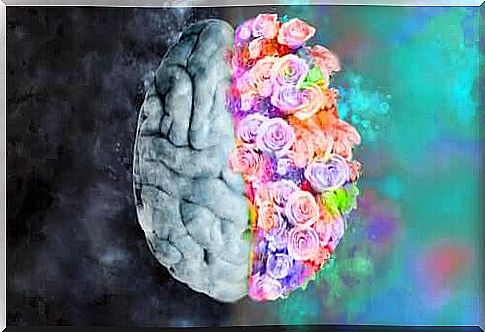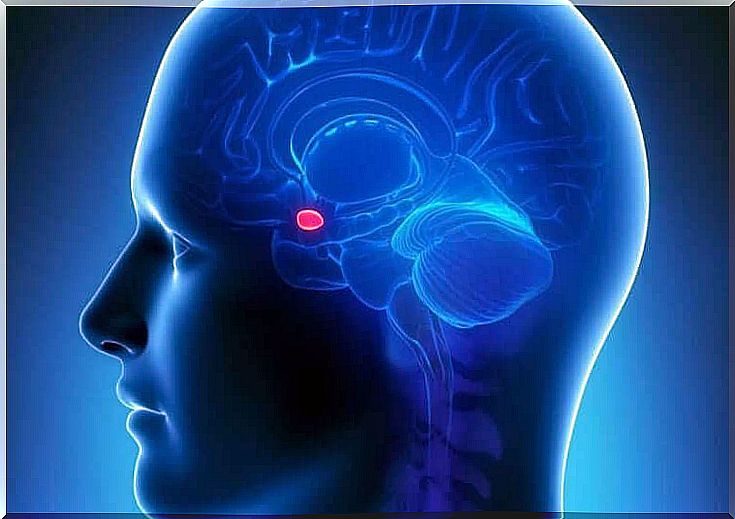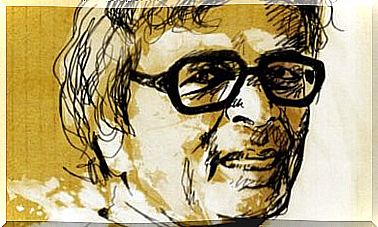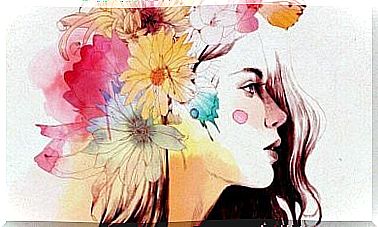Neuroaesthetics: Science To Understand Art

For centuries, questions like “What is art?”, “How do we perceive beauty?” and “What determines that something is beautiful?” have inspired many reflections. About ten years ago, neuroesthetics emerged to decipher them. This recent discipline, also called neuroart, combines knowledge and techniques derived from neuroscience and art.
For many, it may seem absurd to quantify and measure art, but the purpose of this current is to find the common points of all artistic works, and to know what happens in a person’s brain when receiving an aesthetic work through the senses, or when the create.

What is the meaning?
From a biological point of view, the aesthetic response could be based on a specialized type of attraction. This special attraction can arise in front of specific objects, people, colors, ideas, etc.
Attraction or aversion played a fundamental role in the evolution of our species, and its benefits are evident. For example, we are prepared to be attracted to the colors of healthy foods (and we don’t like foods that look bad, like rotten fruit).
We are also more attracted to certain faces, and we are generally better at identifying small gestures that will help us to have reproductive success.
On the other hand, art depends on the senses and these depend on the brain. Thus, there is no doubt that, at the brain level, signs will be found that indicate that we are enjoying a certain work.
How is it possible?
The main discoveries in the field of neuroaesthetics stem from different types of research. As in many areas, the first results were seen from the study of cognitive processes and people with brain damage.
Neuroimaging studies were also conducted on the subject, while making positive or negative judgments about works of art. Another approach was to observe brain reactions to different artistic lines (dance, music, painting, etc.).
These studies in neuroesthetics make use, mainly, of functional magnetic resonance, which allows collecting information about which areas of the brain are activated during a task, and with what intensity.
In detail, there are also studies that use physiological techniques, such as the electroencephalogram.
What is it possible to know?
A study conducted by a team of neurologists in 2007 aimed to answer whether beauty is completely subjective. To do this, they showed images of Classical Art Renaissance sculptures inside a functional MRI machine.
On the one hand, they showed the original images and, on the other, those same sculptures, but with modified proportions.
After seeing them, the participants had to say whether they liked them or not and, later, make a judgment about the proportion.
What these scientists found was that, looking at the original sculptures, there was an activation of the insula. This region is especially related to abstract thinking, decision making and perception.
When they said they looked beautiful, the right part of the amygdala was activated. This region of the brain is crucial in processing emotions, especially satisfaction and fear.
However, according to another study, the perception of beauty and ugliness is processed by the same areas (orbitofrontal cortex), differing only in the intensity of activation.

not everything is brain
After all, as is understandable, not everything is in the brain. In the conception of beauty and attraction to certain artistic works, the influence of culture is enormous. Therefore, it is essential to take into account the social and cultural context when drawing conclusions about what is considered beautiful.
For example, a neuroesthetic study observed that works that had a label with the location of the MoMA (Museum of Modern Art) were perceived by participants as more beautiful than the others (of unknown location).
However, whatever the cultural determinants, the interesting thing is that two different works will have the same effect on the brains of different people.









